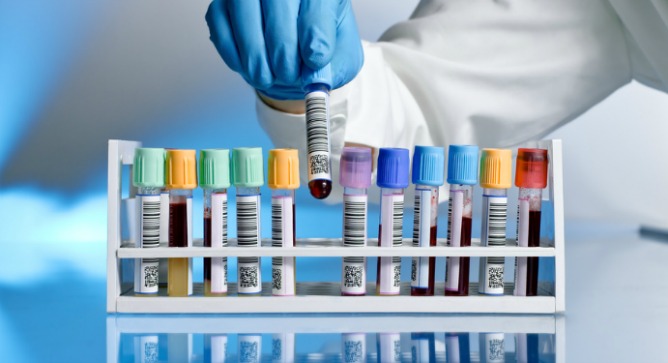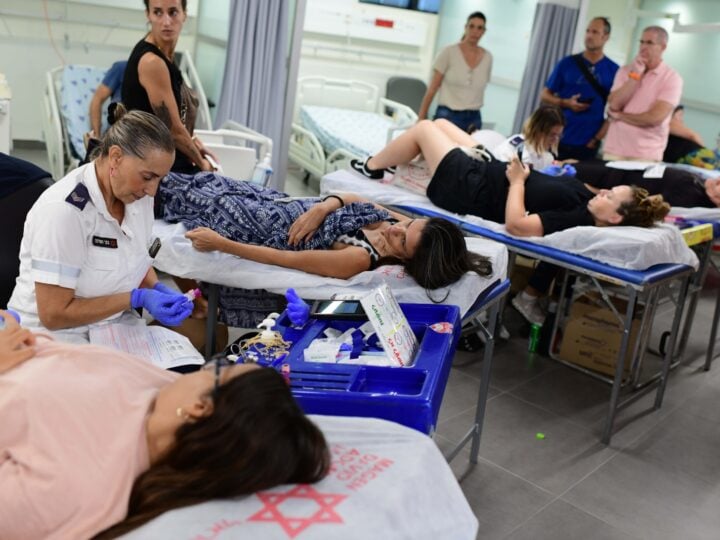
Some 30 percent of all positive hospital blood culture samples are discarded every day because they’re “contaminated” by the presence of skin germs. But instead of tossing these compromised samples into the trash, Tel Aviv University researchers say clinicians may be able to use the resistance profiles of skin bacteria identified by these tests to treat patients with antibiotics appropriate to their ailment.
Dr. Gidi Stein and Dr. Danny Alon of TAU’s Sackler Faculty of Medicine and the Department of Internal Medicine B. at Beilinson Hospital, Rabin Medical Center, and Prof. Lilach Hadany and Uri Obolski of the Department of Molecular Biology and Ecology of Plants at TAU’s Faculty of Life Sciences conducted a retrospective study on more than 2,500 patients. Their test results show the unique diagnostic value of “erroneous” cultures.
The results were published in the Journal of Antimicrobial Chemotherapy.
“These results can certainly be used for on-site clinical decisions. Once a contaminated sample has been found to be highly resistant, it is likely that the blood-borne pathogens will have a similar resistance pattern. Thus antibiotic treatment may be better targeted for the actual pathogens,” says Prof. Hadany.
In the study, the researchers processed the demographic information, hospital records, blood culture results, and date of death of all patients at the Rabin Medical Center with positive blood cultures from 2009-2012. They found that out of 2,518 patients, 1,664 blood cultures drawn from 1,124 patients reflected the presence of a common skin contaminant, coagulase-negative staphylococci (CoNS).
And high overall CoNS resistance predicted high overall resistance of the bacteria causing disease or infection. Most importantly perhaps, highly resistant CoNS isolates were found to be associated with higher short-term mortality.
“Because we have found a direct correlation between resistance profiles of CoNS contaminants and those of the actual infecting bacteria isolated from the same patient, the results of these ‘junk’ samples can be used to predict patient mortality and correct empirical antibiotic therapy,” says Dr. Stein. “This should serve as an additional, non-invasive, diagnostic tool.”
Also, the researchers say that most hospital patients are treated at the outset with broad spectrum antibiotics. Days later, after initial test results are known, clinicians replace broad spectrum antibiotics with more precise narrow-spectrum antibiotics, which treat the specific bacteria identified by the blood sample.
“The high rate of inappropriate antibiotic use puts patients and the general public at risk,” says Prof. Hadany. “Improved matching of the treatment to the needs of the patient might reduce antibiotic load and the emergence of resistance.”
The researchers hope their conclusions will cause clinicians to pause before discarding contaminated blood test results.














